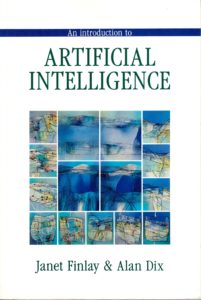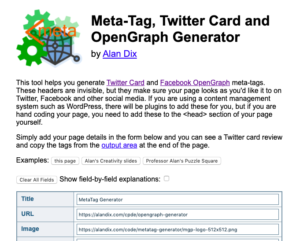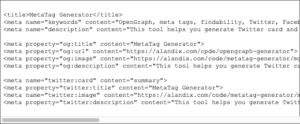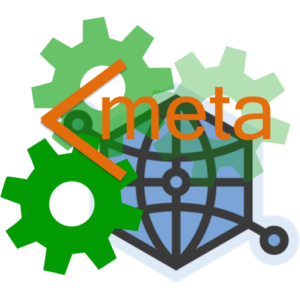(N.B. strictly the ‘watching coat’)
Dw i’n dysgu Cymraeg …
I am learning Welsh …
felly, dw i’n gwneud llawer o camsyniad.
so I make lots of mistakes.
Neithiwr, ro’n i eisiau dweud “côt gwisgo” …
Last night I wanted to say “dressing gown” …
ond yn wir, dwedais i “côt gwylio”.
but really, I said “watching coat”.
Yn fy nghwrs creadigrwydd, dw I’n dweud …
In my creativity course I say …
“camsyniad yw cyfle”
“a mistake is an opportunity”
Felly, y bore ‘ma ro’n i’n meddwl ..
So, this morning I thought …
‘Sai côt gwylio gyda fi …
If I had a seeing coat …
Taswn i’n edrych ar y coed,
If I were to look at the trees,
Baswn i’n gweld pob un goeden, pob boncyff, cangen, brigyn, a dailen,
I would see each tree, each trunk, branch, twig and leaf.
Taswn i’n edrych ar blodyn,
If I were to look at a flower,
Baswn i’n gweld petlau ac llwch pail, un gwenyn yn yfed.
I would see petals and pollen dust, a single bee drinking.
Taswn i’n edrych ar y pobl yn y stryd,
If I were to look at the people in the street,
Baswn i’n gweld tad, merch, ffrind a diethryn, yn hapus a thrist, yn gyffrous, yn hiraethu
I would see father, daughter, friend and stranger, happy and sad, excited, longing
Dim pobl, ond pob un ohonynt yn berson unigryw.
Not people, but each one of them a person, unique.
Taswn i’n edrych i’r awyr,
If I were to look to the sky,
Baswn i’n gweld pob un gwmwl ac aderyn, ac y tu hwnt i’r awyr
I would see each cloud and bird, and beyond the sky
Yr wybren wedi’i phaentio i mewn mil o liwiau o glas.
The firmament painted in a thousand colours of blue.
Ond yn wir, nid oes eisiau “cot gwylio” arnaf i,
But really, I do not need a “seeing coat”
y cyfan sydd ei angen yw edrych.
all that is needed is to look.
 Many years ago Janet Finlay and I wrote a small introduction to artificial intelligence. At the time there were several Bible-sized tomes … some of which are still the standard textbooks today. However, Janet was teaching a masters conversion course and found that none of these books were suitable for taking the first steps on an AI journey, especially for those coming from non-computing disciplines.
Many years ago Janet Finlay and I wrote a small introduction to artificial intelligence. At the time there were several Bible-sized tomes … some of which are still the standard textbooks today. However, Janet was teaching a masters conversion course and found that none of these books were suitable for taking the first steps on an AI journey, especially for those coming from non-computing disciplines.


